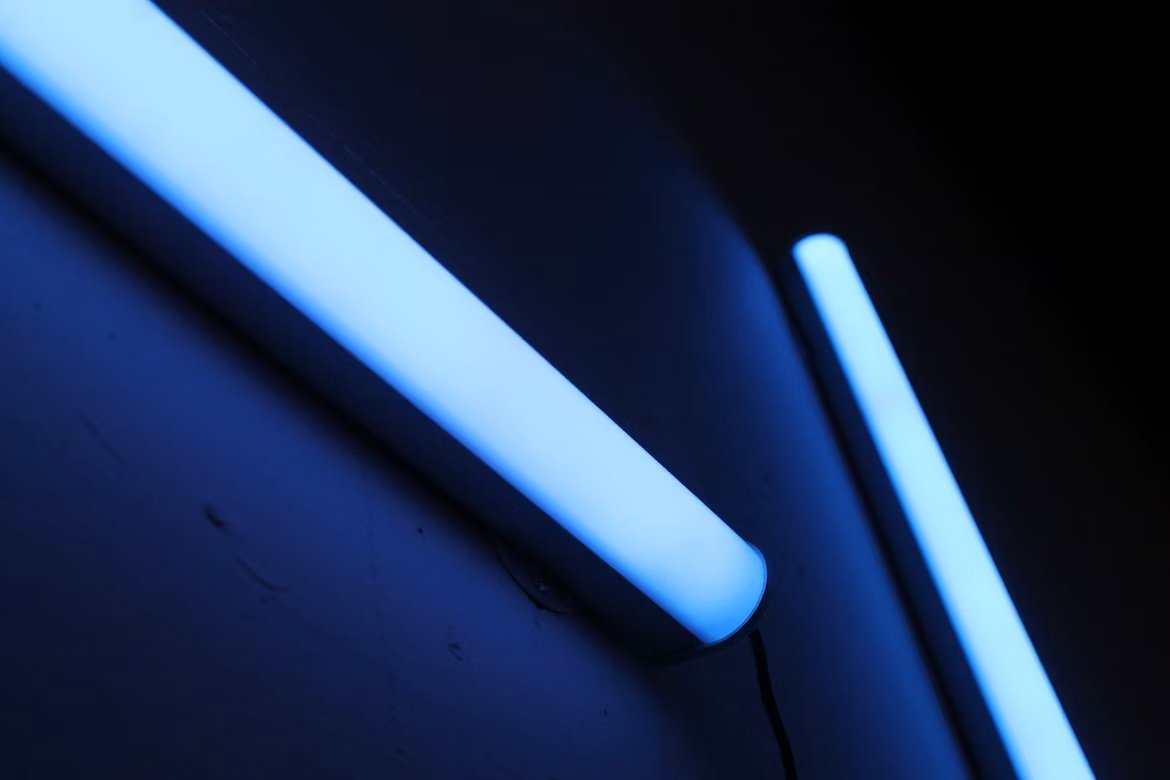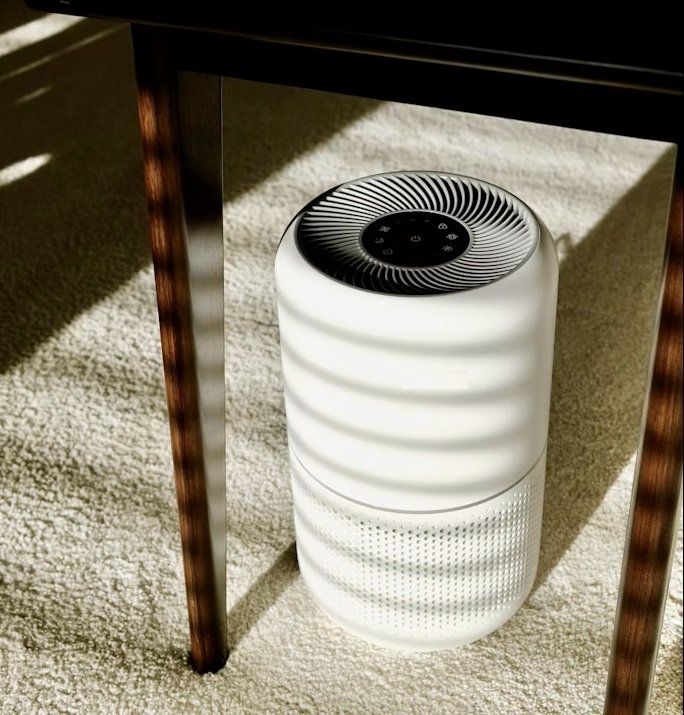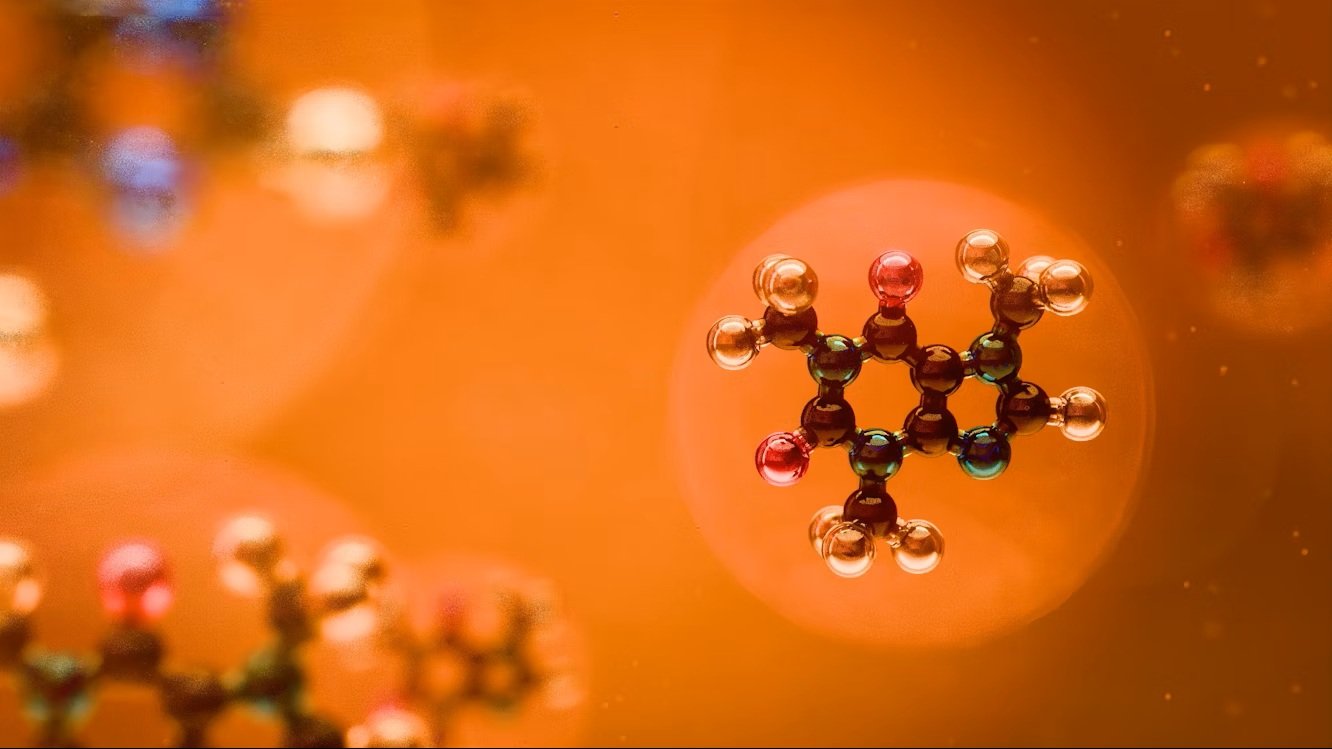HVAC Whole House Air Filtration – Compare UV Air Purifiers vs. HEPA Filtration
Many homeowners are using UV technology (UVGI or UV-C) for air purification in their home. A UV device is installed in their HVAC system to kill microbes as they pass through the air to help improve indoor air quality. However, according to the EPA, UV used for air quality purposes can be very ineffective. Here is what they state:
“UVGI cleaners in a surface disinfection application are installed in air-handling units to prevent or limit the growth of vegetative bacteria and molds on moist surfaces in the HVAC system (Kowalski and Bahnfleth 1998, 2000; Levetin et al. 2001; Luongo and Miller 2016). One study reported a 99 percent reduction in microbial contaminants growing on exposed HVAC surfaces but a reduction in airborne bacteria of only 25 to 30 percent (Menzies et al. 2003). One reason that the surface disinfection application provides only a slightly noticeable reduction in airborne microbial concentrations may be that microorganisms in the airstream are exposed to the UV light for a shorter time. Conversely, microorganisms growing on exposed HVAC surfaces are given prolonged direct UVGI exposure.” (1).
So, UV technology used for “Surface Disinfection” can be great, such as a UV device installed for the purpose of disinfecting Coils and other surfaces in the HVAC system. However, the same study states only 25-30% effectiveness on airborne microbial contaminants. Basically, the air flow is too fast for the UV to do anything meaningful. Plus, even if a particular microbial contaminant is destroyed, the remnants of this contaminant are still in the air and can be breathed in by home occupants. The need for mechanical filtration is still required.
Thus, for better whole house air filtration, a mechanical HEPA filtration system can be utilized. The EPA states that duct mounted air cleaners, “can substantially reduce levels of airborne particles and, in some cases, gaseous pollutants in a home.” (1). The EPA goes on to further state, “High-efficiency fibrous media filters and sorbent media filters with adequate amounts of media are generally most effective and have the fewest limitations or adverse consequences.” (1).
Air Savvy’s AS400W Whole House HEPA Filtration System is a great way to filter your home’s air. The pre-carbon filter combo helps filter larger particles and the activated carbon help absorb odors, smoke, and some common VOC’s found in the home. Then, the HEPA filter can remove up to 99.97% of contaminants down to 0.3 microns. The AS400W uses divAIRTM technology to install directly onto your existing HVAC’s Return Air Ductwork to add HEPA filtration to your current HVAC system.
For more information on the AS400W, please see our Whole House HEPA Filtration System page. You can also find a local Air Savvy Dealer for purchase & install.
Air Savvy – Better Indoor Air Quality!
*(1): (Residential Air Cleaners A Technical Summary” 3rd Edition Portable Air Cleaners Furnace and HVAC Filters EPA 402-F-09-002 | July 2018 | EPA Indoor Environments Division).




Comments are closed